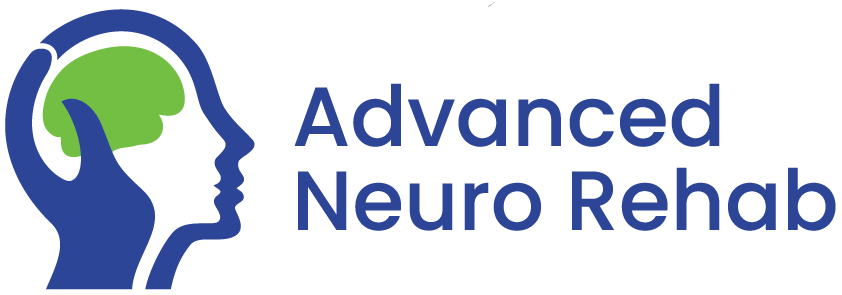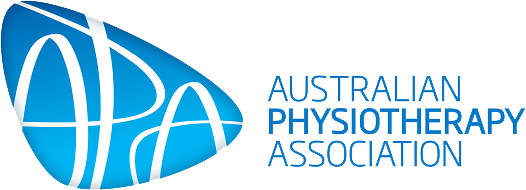
Vestibular Physiotherapy
Benign Paroxysmal Positional Vertigo (BPPV)
Benign Paroxysmal Positional Vertigo (BPPV) is the most common cause of vertigo. Vertigo is a symptom where someone experiences an illusion of movement, often but not always experienced as spinning.
BPPV usually causes brief, and intense sensations of spinning which are provoked by changing head position. This might occur when looking up, or rolling in bed.
In most cases BPPV can be assessed and managed with specific treatment by Neurological or Vestibular Physiotherapists.
The symptoms of BPPV can limit people’s ability to function in day to day life, and the condition is associated with increased falling. There are both severe and mild forms of BPPV, which result in some different clinical presentations. Thankfully there are very effective treatments for this condition, all of our staff are trained to treat this disorder to maximise rapid recovery from what can be an extremely disabling condition.
Symptoms may include :
- A sense of vertigo, like the person or room is spinning around.
- A loss of balance and unsteadiness.
- Nausea and vomiting
- Falling
The symptoms of BPPV usually last a few seconds to a few minutes when triggered, and are often associated with the same movement like rolling in bed. Some people may find the symptoms come and go, lasting for days or weeks and then resolving for a time.
In between episodes of vertigo, some people may also experience a pervasive sense of unsteadiness, and reduced confidence with their balance.
BPPV is also associated with involuntary eye movement, called nystagmus. Nystagmus is a rhythmic flickering of the eye back and forth. It is uncommon that the person experiencing the nystagmus will actually feel it, but a partner or friend may notice it.
Causes
BPPV is a disorder of the inner ear. Inside the inner part of the ear are two organs adjacent to each other, the Cochlea and the Vestibular Organ. The Cochlea is responsible for detecting sound and hearing, and the Vestibular Organ is responsible for detecting movement and position.
The Vestibular Organ has a relatively large central portion called the otolith organs and three small tubes which loop around called the semi-circular canals. All these structures are filled with fluid, and lining the inside are nerve cells. The movement of the fluid stimulates the nerve cells and the impulses generated are interpreted as movement.
The otolith organs have small calcium carbonate deposits, which form crystal shapes. These crystals are relatively heavy and the movement of the crystals help us detect some movement as well as gravity. If the crystals break free they can move to the semi-circular canals, which would otherwise only have fluid in them. It is the movement of these heavy crystals around the semi-circular canals which artificially stimulates our nerve cells and gives us the illusion we are moving or spinning, known as vertigo.
In most cases we do not know what has caused the crystals to break free and move into the semi-circular canal. In some cases this may occur after a strike to the head and it may also be associated with other disorders of the ear like an infection.
When the crystals are in the semi-circular canal, movement of the head causes the crystals to tumble through the canal, triggering the symptoms of BPPV. The symptoms only occur when the crystals are in motion, which is why the symptoms only last a short time.
Diagnosis and Treatment
To diagnose BPPV we start with a careful recording of the history of your symptoms. There are many other conditions which can cause vertigo and these must be excluded before any testing should occur. If BPPV is suspected a Neurological Physiotherapist can perform positional tests to diagnose the condition.
The testing for BPPV involves changing the position of the head, usually lying down with the neck extended and looking for a reproduction of the vertigo and also looking for the involuntary eye movement, nystagmus. Patients being assessed for BPPV should be aware what in order to confirm the diagnosis they will have their symptoms provoked in the clinic. Although it may be uncomfortable to have these symptoms provoked, the testing procedure is well tolerated in the majority of cases. The Neurological Physiotherapist can assist to make you as comfortable as possible during testing.
Treatment for BPPV can usually be completed in the same appointment that a diagnosis is made. Usually treatment consists of a series of movements of the head, which is monitored by the Neurological Physiotherapist for effect. Moving the head, changes the position of the semi-circular canal, and when performed correctly can flush the crystals back out of the semi-circular canal thereby resolving the condition. Repeat testing is usually recommended to ensure the condition is resolved.
In some instances, BPPV may resolve on its own, but we recommend assessment by a trained Neurological Physiotherapist to ensure the quickest and safest assessment and treatment.
Other things to consider
Dizziness and vertigo can be caused by many different conditions. If you have any of the following symptoms associated with your vertigo please seek medical advice immediately:
- Slurred speech or difficulty forming words
- Being unable to swallow food or water
- Double vision
- Sudden leg or arm weakness
- Unusual numbness or tingling in the arm or leg
- Sudden falls
- Loss of consciousness
- Sudden hearing loss
Our team of Neurological Physiotherapists at Advanced Neuro Rehab are trained and experienced in diagnosing and treating all forms of BPPV, including multiple canal variants. If you have been diagnosed with BPPV, treatment and management is rapid and effective in most cases.






